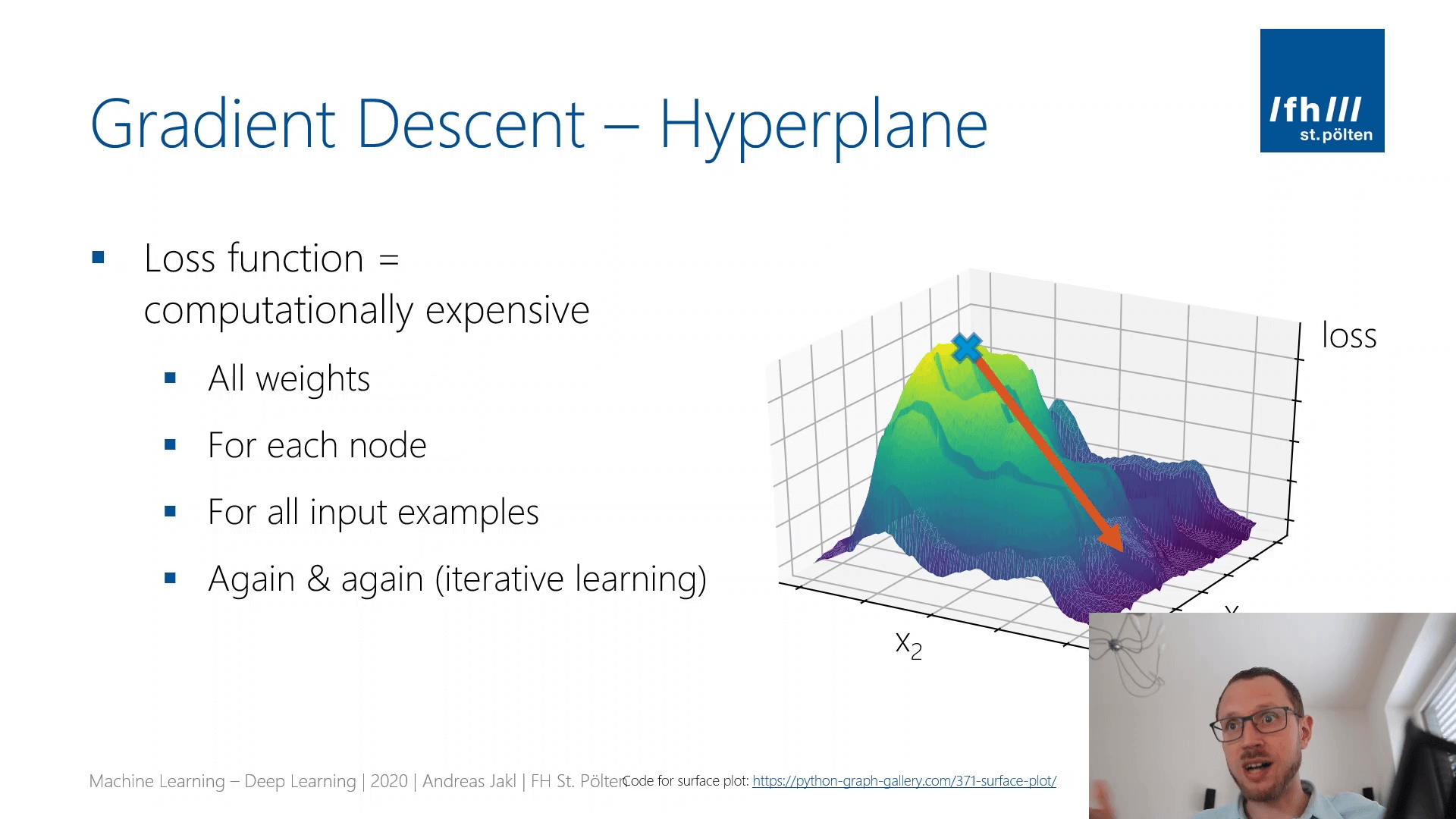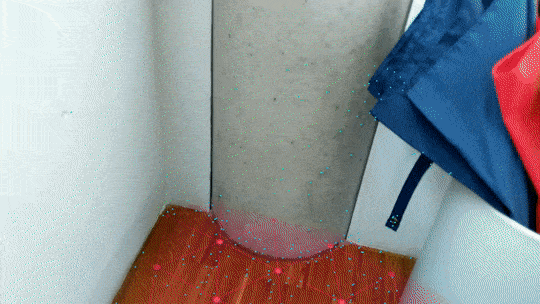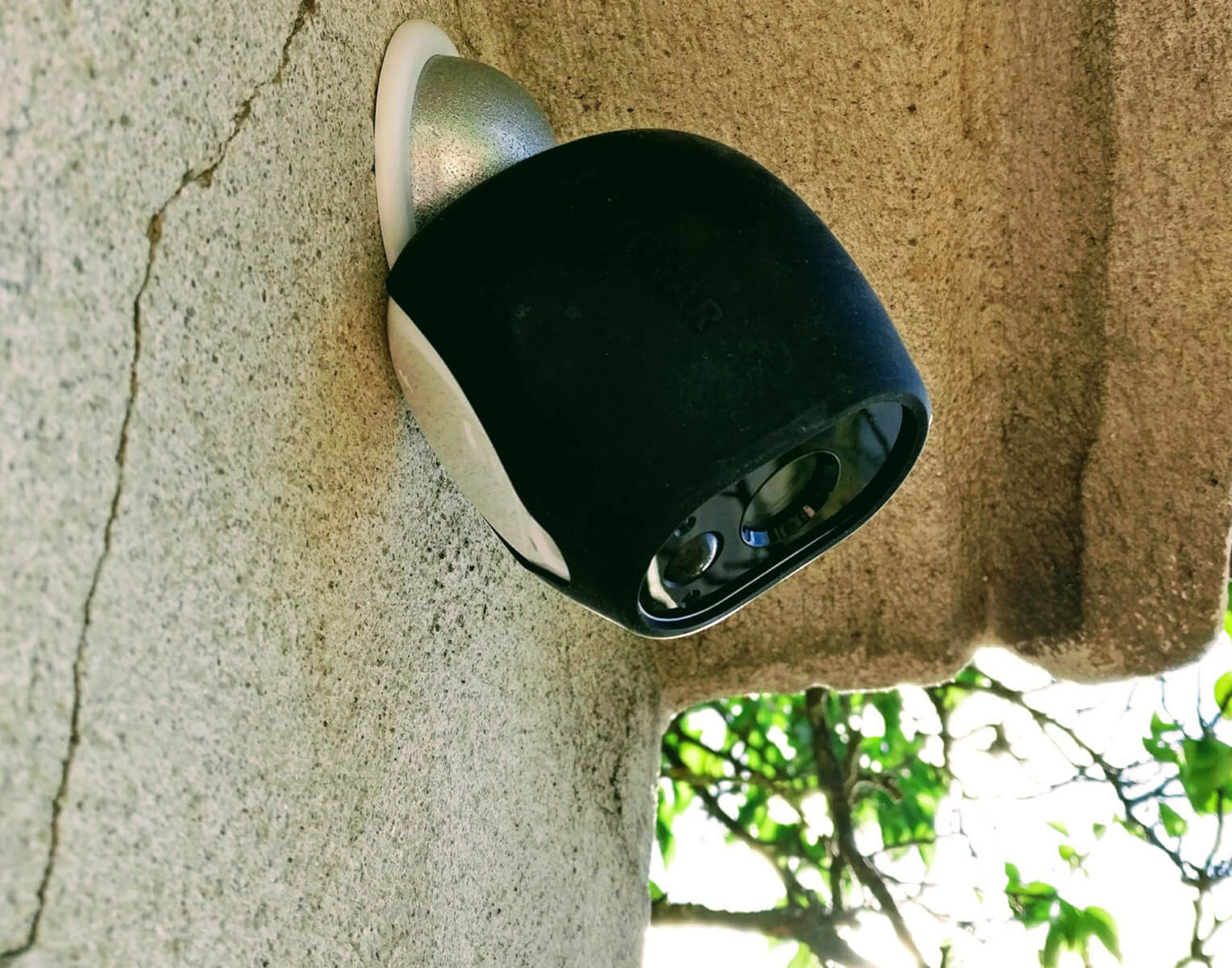Every new product or service claims to use deep learning or neural networks. But: how do they really work? What can machine learning do? How complicated is it to get started?
In the 4-part video series “Deep Learning Hands-On with TensorFlow 2 & Python”, you’ll learn what many of the buzzwords are about and how they relate to the problems you want to solve.
By watching the short videos, your journey will start with the background of neural networks, which are the base of deep learning. Then, two practical examples show two concrete applications on how you can use neural networks to perform classification with TensorFlow:
- Breast cancer classification: based on numerical / categorical data
- Hand-written image classification: the classic MNIST dataset based on small images
In the last part, we’ll look at one of the most important specialized variants of neural networks: convolutional neural networks (CNNs), which are especially well-suited for image classification.
Watching all four videos gives you a thorough understanding of how deep learning works and the guidance to get started!


